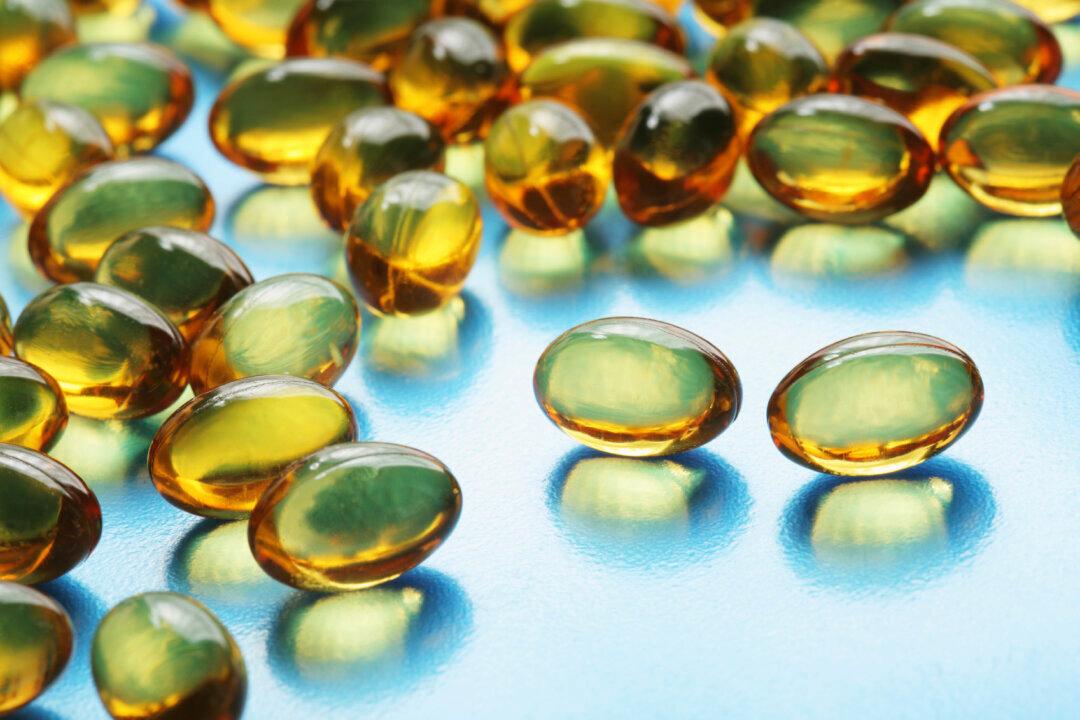Do you still believe this myth about oils that’s now been proven false? They said it slashes cardiovascular risk, but human trials conclusively refute it. Instead, it spikes your cancer risk in just five years, and raises your heart disease risk. Why are you still consuming this dangerous oil?
STORY AT-A-GLANCE
- Even though the medical establishment for decades has advised you to consume vegetable oils (omega-6 PUFAs) to prevent heart disease, human trials have conclusively demonstrated that vegetable oils DO NOT decrease atherosclerosis or decrease your risk of dying from cardiovascular disease
- Most people consume far too many omega-6 fats and relatively few omega-3 fats, which promotes the ongoing inflammation underlying most chronic diseases seen today
- Omega-3 fats have been shown to decrease inflammation, reduce your risk for coronary artery disease and others, and reduce your overall risk of dying
- You need both plant- and animal-derived omega-3 fats for optimal health. The best source of animal-based omega-3 fats is krill oil due to its superior potency, stability, bioavailability and sustainability
The science is loud and clear: The correct balance of fatty acids is essential if you want to be the healthiest you can be. That means that maintaining a healthy ratio of omega-6 to omega-3 is important for optimal health. Ideally, you want to maintain a 4-to-1 ratio, or less.
Dr. Joseph Mercola is the founder of Mercola.com. An osteopathic physician, best-selling author, and recipient of multiple awards in the field of natural health, his primary vision is to change the modern health paradigm by providing people with a valuable resource to help them take control of their health.
Author’s Selected Articles






